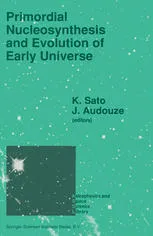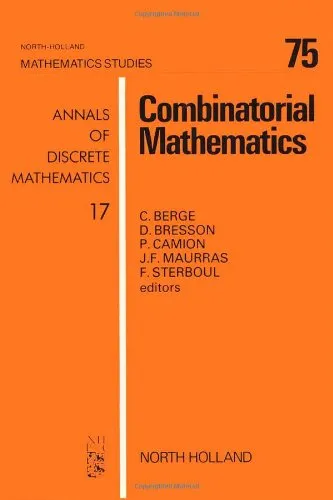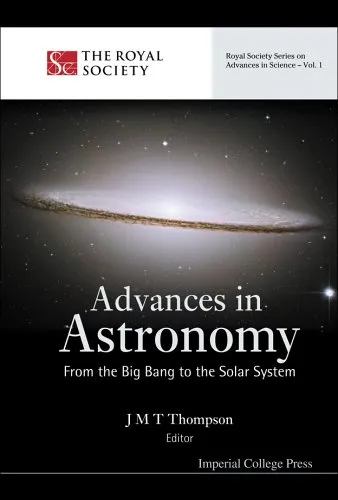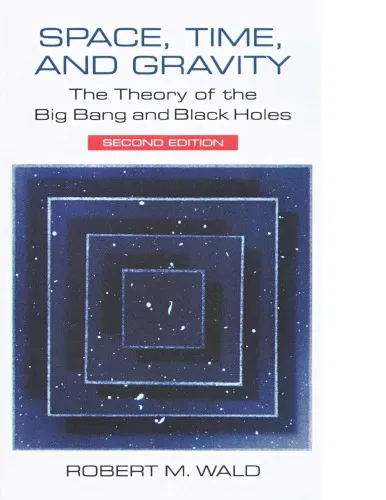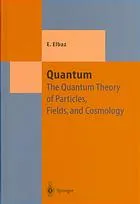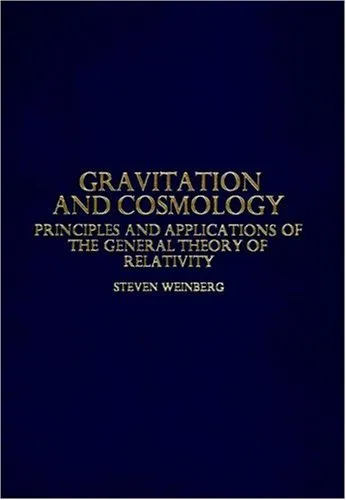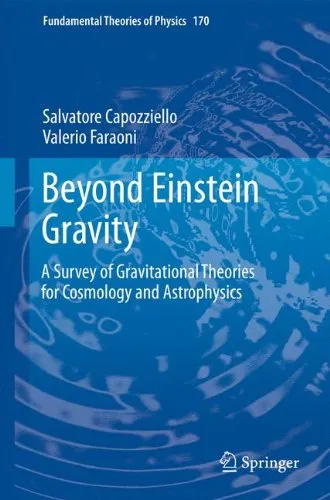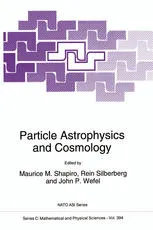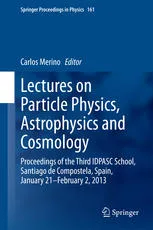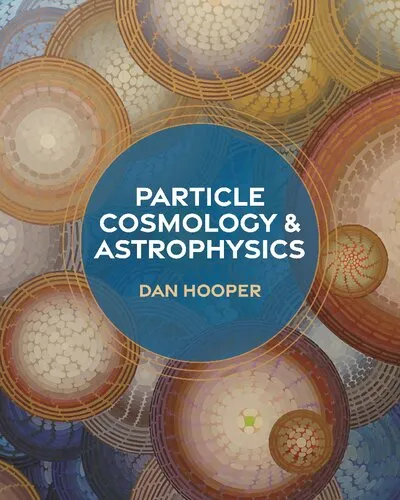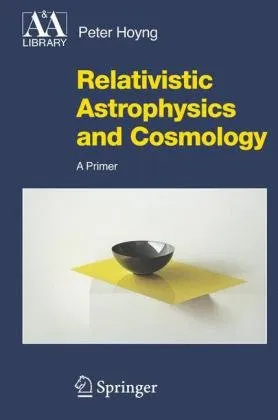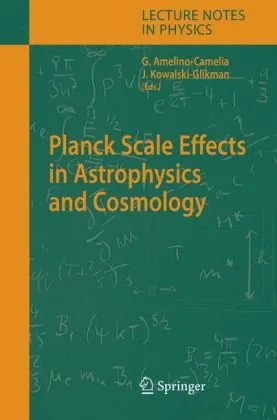Primordial Nucleosynthesis and Evolution of Early Universe: Proceedings of the International Conference “Primordial Nucleosynthesis and Evolution of Early Universe” Held in Tokyo, Japan, September 4–8 1990
4.0
Reviews from our users

You Can Ask your questions from this book's AI after Login
Each download or ask from book AI costs 2 points. To earn more free points, please visit the Points Guide Page and complete some valuable actions.Related Refrences:
Introduction to "Primordial Nucleosynthesis and Evolution of Early Universe"
The book "Primordial Nucleosynthesis and Evolution of Early Universe" is a profound compendium of research and discussions compiled from the International Conference held in Tokyo, Japan, from September 4–8, 1990. Edited by renowned scientists K. Sato and J. Audouze, the publication offers an in-depth examination of the cutting-edge studies and theoretical breakthroughs that define our understanding of the universe's origins and its subsequent evolution.
With contributions from distinguished physicists, cosmologists, and astrophysicists, the book focuses on one of the most critical epochs in cosmic history: the primordial nucleosynthesis era, during which the first elements in the universe were formed. It also extends the discussion to cover the evolution of the early universe, addressing themes that unite physics, astronomy, and cosmology under a single scientific framework. The book is a vital resource for researchers, educators, and students keen on exploring the fundamental processes that shaped the cosmos as we know it today.
Detailed Summary
At its core, this book engages with the fundamental question: How did our universe evolve from its extremely hot and dense origins to what we observe today? Structured across several sections, each authored by experts in their respective fields, the book acts as a bridge between theoretical physics and observational astronomy.
The initial sections delve into the basics of the Big Bang theory, its implications on early universe cosmology, and the mechanisms responsible for primordial nucleosynthesis. Detailed discussions are included on how light elements, such as hydrogen, helium, and lithium, were synthesized during the universe's first few minutes.
In later chapters, the book expands on these ideas by presenting links between particle physics and cosmology, introducing key concepts such as baryogenesis, neutrino physics, and grand unified theories. The influence of dark matter, dark energy, and inflationary theory on early universe dynamics is also considered in meticulous detail, along with observational evidence from the cosmic microwave background (CMB) radiation and modern particle accelerators.
The volume also features discussions on how numerical simulations and computational techniques have advanced our understanding of the early universe's evolution, offering insights into complex phenomena like large-scale structure formation, galaxy clustering, and the formation of cosmic voids.
Key Takeaways
- The formation of light elements during primordial nucleosynthesis was critically dependent on the universe's temperature, density, and expansion rate.
- Observations of hydrogen and helium abundance in the universe provide crucial evidence supporting Big Bang nucleosynthesis models.
- Theoretical advancements in particle physics, such as neutrino studies, play a significant role in explaining early universe phenomena.
- Modern simulations and data from observatories and accelerators have significantly enhanced our understanding of early cosmic evolution.
- The robust interplay between theory and observation is essential for refining cosmological models and understanding the universe's inception.
Famous Quotes from the Book
"The universe is a vast laboratory where the fundamental interactions of nature—gravity, nuclear forces, and electromagnetism—collaborate to create everything we observe."
"Understanding the early universe requires not only a deep exploration of physics but also a willingness to challenge the boundaries of human imagination."
Why This Book Matters
This book holds a pivotal place in scientific literature as it encapsulates the collective expertise of leading figures in cosmology and astrophysics. It meticulously conveys the synergy between theoretical physics, computational techniques, and observational validation, offering a foundation for future research. The discussions not only provide a deeper understanding of the universe's initial stages but also inspire new questions that continue to drive progress in modern cosmology.
Moreover, the book's interdisciplinary approach ensures that it appeals to a broad audience—from students and seasoned researchers to individuals with an appreciation for the beauty of the cosmos. The inclusion of comprehensive discussions, groundbreaking research, and collaboration narratives makes this work a timeless resource in cosmology and particle physics.
Free Direct Download
You Can Download this book after Login
Accessing books through legal platforms and public libraries not only supports the rights of authors and publishers but also contributes to the sustainability of reading culture. Before downloading, please take a moment to consider these options.
Find this book on other platforms:
WorldCat helps you find books in libraries worldwide.
See ratings, reviews, and discussions on Goodreads.
Find and buy rare or used books on AbeBooks.
1196
بازدید4.0
امتیاز0
نظر98%
رضایتReviews:
4.0
Based on 0 users review
Questions & Answers
Ask questions about this book or help others by answering
No questions yet. Be the first to ask!
